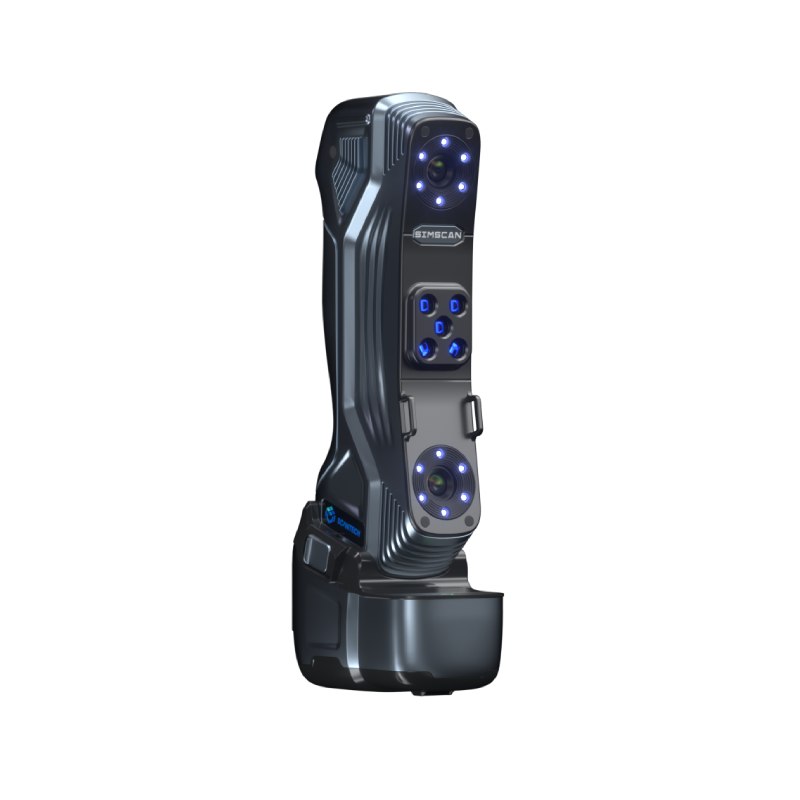How can a 3D scanner help to make prosthetic flippers for a seagull?
- Engineers in Turkey have helped an injured seagull by producing artificial flippers.
- The project was done with the help of a 3D scanner and 3D printer.
- The prosthetic flippers gave this seagull a new hope a second chance in life.
Have you ever seen a handicapped dog, dragging his body to get around? Have you ever thought about giving these injured animals prosthetic limbs just, like we do to human beings? Thanks to innovative 3D scanning and printing, animals who have lost legs, tails, or paws we can now make modern prosthetics to give a new breath of life.
Background
On 20th July 2021 in Turkey, a seagull was found with its flippers missing. Although this poor seagull was able to stay alive, it was not able to save its flippers. The loss of its strong flippers not only affected its ability to fly but also its ability to capture preys. In the wild, the loss of flippers would mean a death sentence and the seagull would be undoubtedly exposed to all kinds of potential dangers.

When found the seagull still had parts of its extremities left. A local veterinarian applied emergency first aid. Later, our team of engineers joined forces with the veterinarian to create replacement flippers for the injured seagull.
How a 3D scanner and 3D printer helped the seagull
First, we scanned the remains of the legs of the seagull using a KSCAN 20 3D scanner to capture measurement data. This gave us a 3D image of the seagull’s legs with millimetric accuracy.
Taking advantage of the measurement data, our engineering team collaborated with the veterinarian in designing a model of the missing parts of the legs. The team 3D printed the data using additive manufacturing technology. The materials used on the printed model were very light so that it would not impair the bird’s flight capabilities.

With these prosthetic flippers weighing not more than 2 grams, we were able to put this handicapped bird back on its feet. Detailed customization not only helped the bird to use the artificial flippers as if they were its original limbs, but also provide comfort and acceptance.
The veterinarian expressed in his own words: “The use of 3D scanning and 3D printing makes it easy to create better-fitting prosthetics. It has revolutionized the process of measurement and design.” He added: “It’s much simpler and quicker than before.”

Efforts to protect animals
What we have done by giving the injured seagull with new prosthetic legs, is helping the bird itself and a very responsible animal lover, who helps disabled pigeons. After all our efforts, it took the seagull a long time to get used to its new limbs.

After the seagull finally got used to its new limbs, it flew away back to freedom. Two days after the seagull left flying, it came back. Then, it flew again not to come back. This means the seagulls is now ready to survive in nature. One of the engineers commented, “It is inspiring to help the seagull to fly again. We would like to help more animals in the future. ”
For more cases about the KSCAN 3D scanner, please visit:
https://www.3d-scantech.com/3d-solutions-to-rail-transport/
https://www.3d-scantech.com/accurate-measurement-of-tesla-empowered/

























 All Products
All Products 











 en
en 













